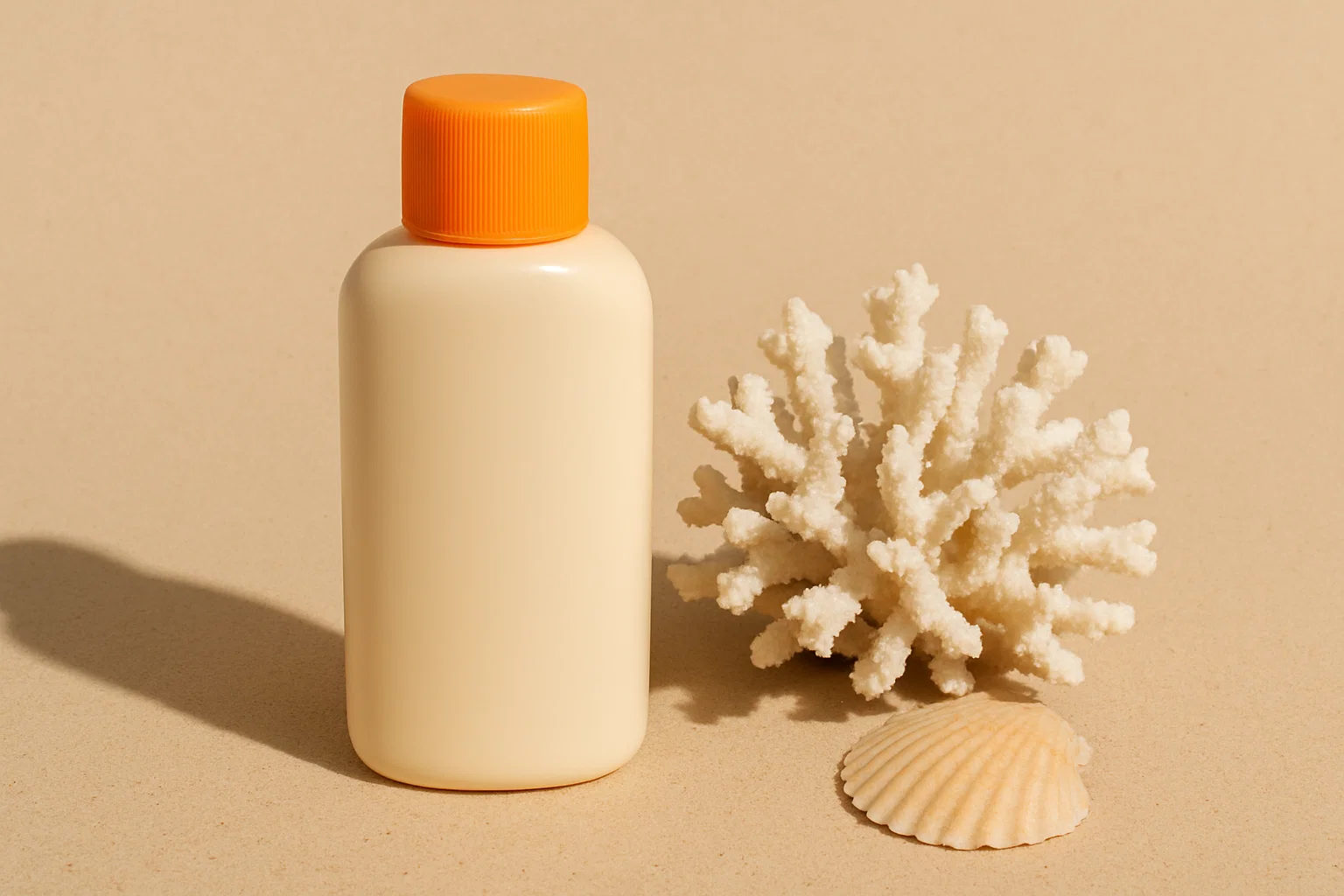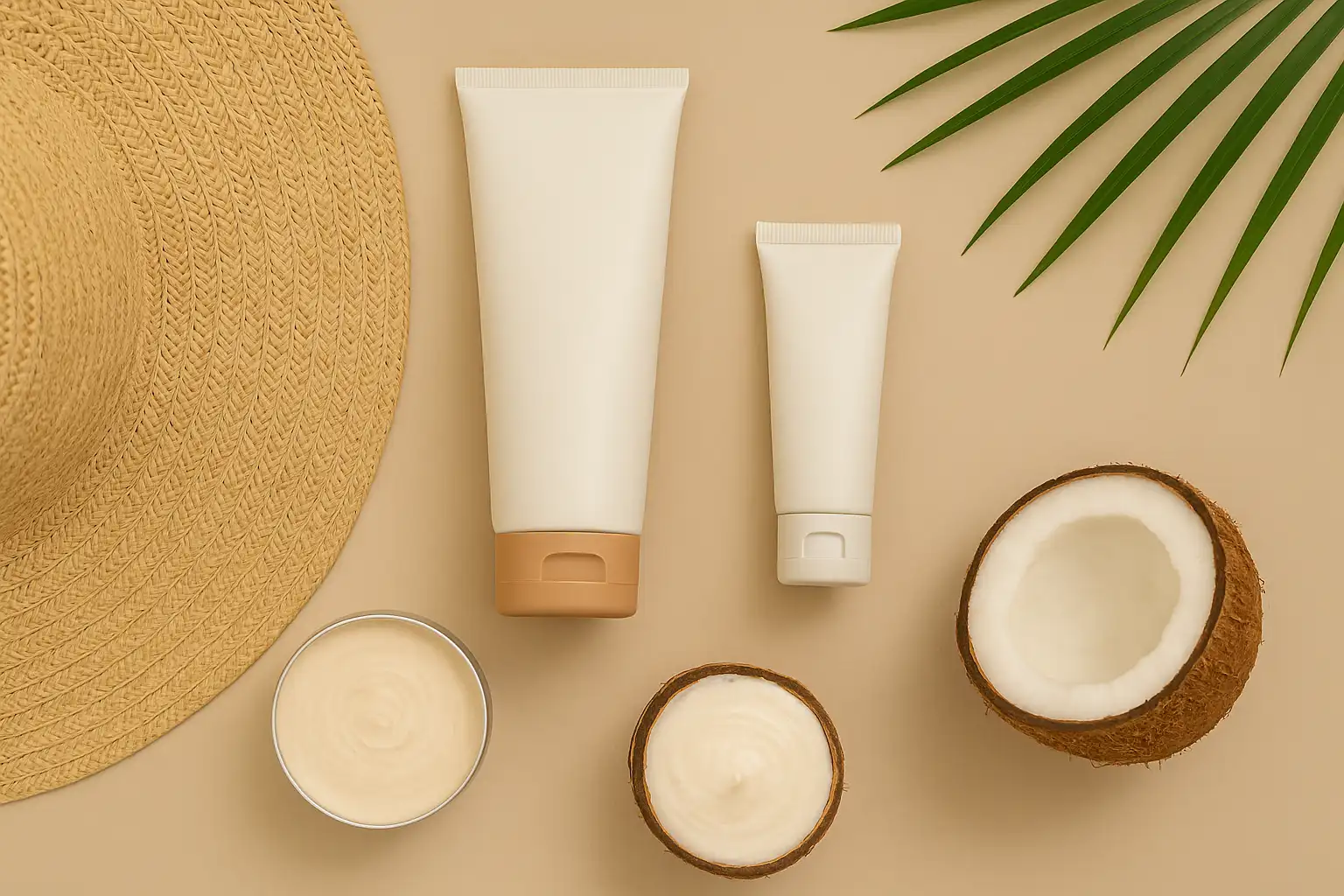Sunscreen with a Conscience: Choosing Reef-Safe Formulas to Protect Yourself and Marine Life

Protecting our skin from the harmful ultraviolet (UV) rays of the sun is a crucial aspect of personal care and long-term health. Mainstream sunscreens have long been a go-to solution, offering broad-spectrum protection against sunburn and skin cancer. However, increasing scientific evidence has revealed a concerning link between certain chemical UV filters commonly found in these sunscreens and significant harm to coral reefs and other marine ecosystems. These chemicals, washed off our skin when we swim or shower, can have devastating effects on these delicate underwater environments. For the environmentally conscious individual, choosing reef-safe sunscreen alternatives is a vital step towards protecting both our skin and the health of our oceans.
The detrimental impact of some chemical UV filters on marine life, particularly coral reefs, is a growing environmental concern. Ingredients like oxybenzone and octinoxate have been shown to cause coral bleaching, damage coral DNA, deform coral larvae, and disrupt their growth and reproduction cycles. Even at low concentrations, these chemicals can have significant negative effects on these already stressed ecosystems. Given the crucial role coral reefs play in marine biodiversity and coastal protection, their decline due to chemical sunscreen pollution is a serious issue. Furthermore, these chemicals are absorbed through our skin, and concerns about their potential impact on human health are also being investigated.
Fortunately, effective and safe alternatives exist in the form of mineral sunscreens. These sunscreens utilize mineral-based UV filters, primarily zinc oxide and titanium dioxide, which work by creating a physical barrier on the skin that reflects and scatters UV radiation. These minerals are generally considered inert and pose a significantly lower risk of toxicity to coral reefs and marine life. By opting for mineral sunscreens, especially those labeled as "reef-safe" and non-nano, we can protect our skin from the sun's harmful rays without contributing to the destruction of these vital ocean ecosystems.
Shielding Yourself, Saving the Reefs: Exploring Reef-Safe Sunscreen Options
Moving beyond mainstream chemical sunscreens reveals a variety of effective and environmentally conscious alternatives:
Mineral Sunscreen: The Physical Barrier Protection
Mineral sunscreens containing zinc oxide and/or titanium dioxide are the primary reef-safe alternative. These minerals are naturally occurring and provide broad-spectrum UV protection. Look for non-nano formulations, as these larger particles are less likely to be ingested by marine life. Brands like Badger and Raw Elements are known for their effective and truly reef-safe mineral sunscreens.
Coral-Safe Formulas: Explicitly Designed for Ocean Protection
Many brands now explicitly market their sunscreens as coral-safe or reef-friendly. These formulas are specifically created without oxybenzone and octinoxate and often exclude other potentially harmful chemical UV filters as well. Always check the active ingredients to confirm the absence of these chemicals.
Tinted Zinc Creams: Blending Protection with Skin Tone
For those who find traditional white mineral sunscreens cosmetically unappealing, tinted zinc creams offer a great alternative. The added tint helps the sunscreen blend more seamlessly with various skin tones, making mineral protection a more accessible option for everyone. Thinksport offers tinted mineral sunscreens that are both reef-safe and wearable.
Embracing a Sun-Safe and Ocean-Friendly Routine: Mindful Practices
Choosing a reef-safe sunscreen is a significant step, but consider these additional practices:
- Seek Shade: The most effective sun protection is seeking shade, especially during peak sun hours.
- Wear Protective Clothing: Hats, sunglasses, and UV-protective clothing offer additional defense against the sun.
- Apply Mindfully: Use only the necessary amount of sunscreen on exposed skin.
By consciously choosing reef-safe sunscreens, we can protect ourselves while safeguarding the delicate balance of our oceans for future generations.
Related Blogs

Stepping Lightly into Self-Care: Your Expansive Guide to the Best Zero-Waste Personal Care Swaps for Beginners
Insights on best zero-waste personal care swaps for beginners in a sustainable way.

Shielding Your Skin, Protecting Our Oceans: The Essential Guide to Clean, Reef-Safe Sunscreens
Insights on clean sunscreens that don’t harm coral reefs in a sustainable way.

A Guide to Eco-Conscious Period Products
Insights on eco-conscious period products in a sustainable way.

Scenting Sustainably: Choosing Eco-Friendly Alternatives to Perfume in Plastic Atomizers
Opt for solid perfumes, refillable glass bottles, or essential oil blends for fragrance without microplastics.

Smile Sustainably: Your Guide to Eco-Friendly Alternatives to Plastic Toothbrushes
Choose bamboo toothbrushes, recyclable heads, or miswak sticks for plastic-free dental care.

Uncomplicating Your Glow: Your Guide to Building a Minimalist Skincare Routine
Practical advice and actionable tips for how to build a minimalist skincare routine.
Stay in the Loop
Get tips and insights tailored to your interests — no spam, just sustainability.